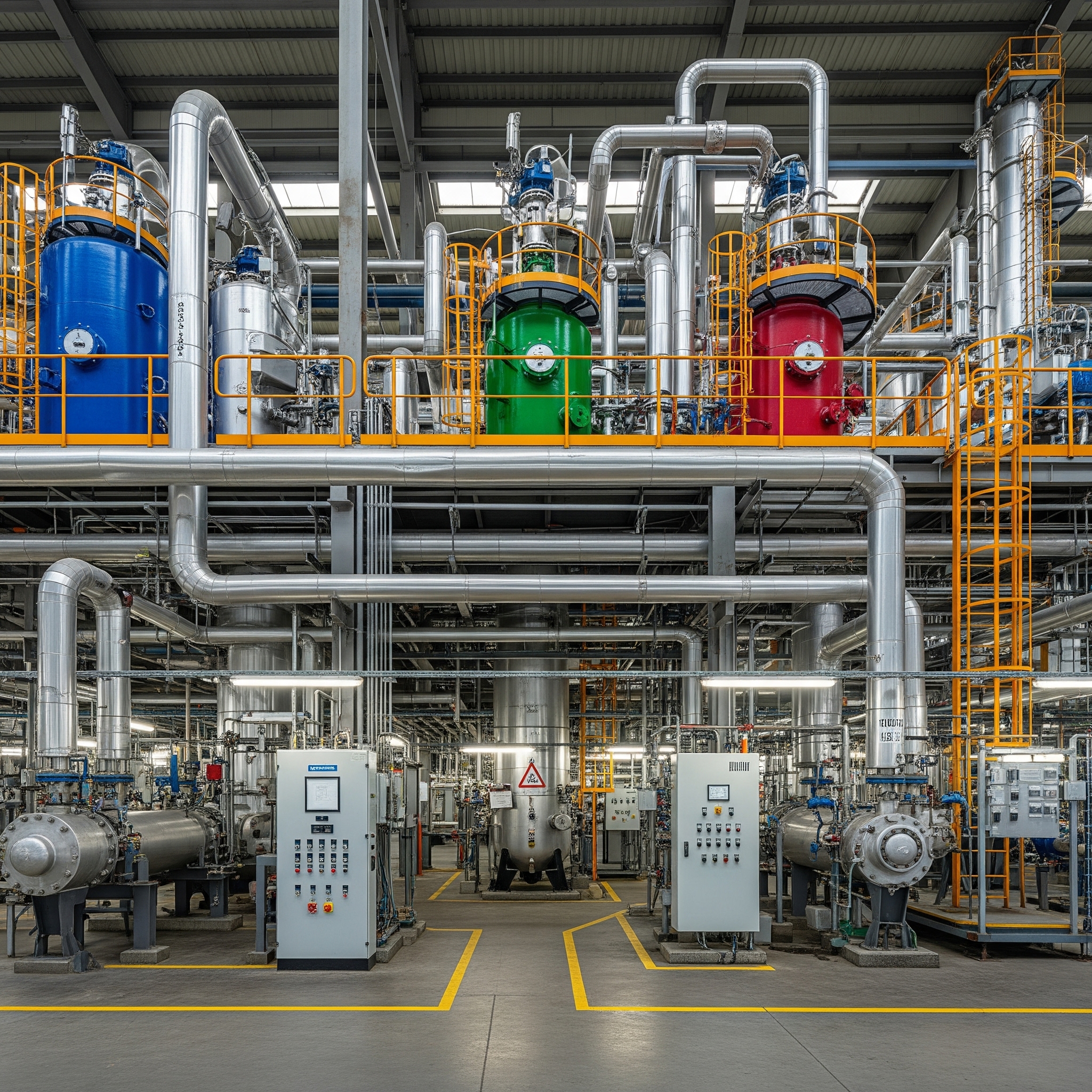Reducing hazardous leakage risk, improving on-site safety using a condition-based monitoring platform for heat exchangers.
Challenge
Designed for the transfer of heat from one fluid to another, heat exchangers play a critical role in the safe and smooth operation of oil & gas machinery. A heat exchanger rupture is among the top risks for upstream production facilities and LNG plants. Heat exchanger leaks can be caused by several factors including corrosion, vibration and variability of hydraulic load. The exchangers are operated within the industry-standard Nelson curve and API safety protocols, but compliance alone cannot predict and prevent damage to components and avoid the significant cost of downtime.
Solution
Arundo worked with a leading National Oil Company (NOC) to develop and implement a condition-based monitoring solution for heat exchangers that detects the subtle precursors to failure, allowing the company to stay ahead of downtime with just-in-time maintenance scheduling. Utilizing real-time data, Arundo monitors and analyzes equipment temperatures, hydrocarbon flow rates, pressure, and other parameters to understand and assess the risk of heat exchanger leakage. Arundo developed a proprietary algorithm to calculate a numerical risk score based on historical asset performance parameters and external data. When key operating metrics (e.g. hydraulic load) reach a certain risk threshold, the Arundo system alerts both on-site safety managers and a central control center, where managers can accurately assess the risk and recommend the appropriate course of action.
Results
During the data assessment phase of the project, the Arundo team identified an essential relationship between excess gas flow patterns and the risk of heat exchanger leakage. During the analytic pilot phase, the Arundo system identified recurring anomalies isolated to a specific group of sensors at multiple locations, which led to the immediate inspection and replacement of several aging heat exchangers. The project is currently in final validation. Leveraging and promoting the use of this solution, the customer hopes to help drive the industry towards a new set of improved safety standards and practices.
.jpeg)



